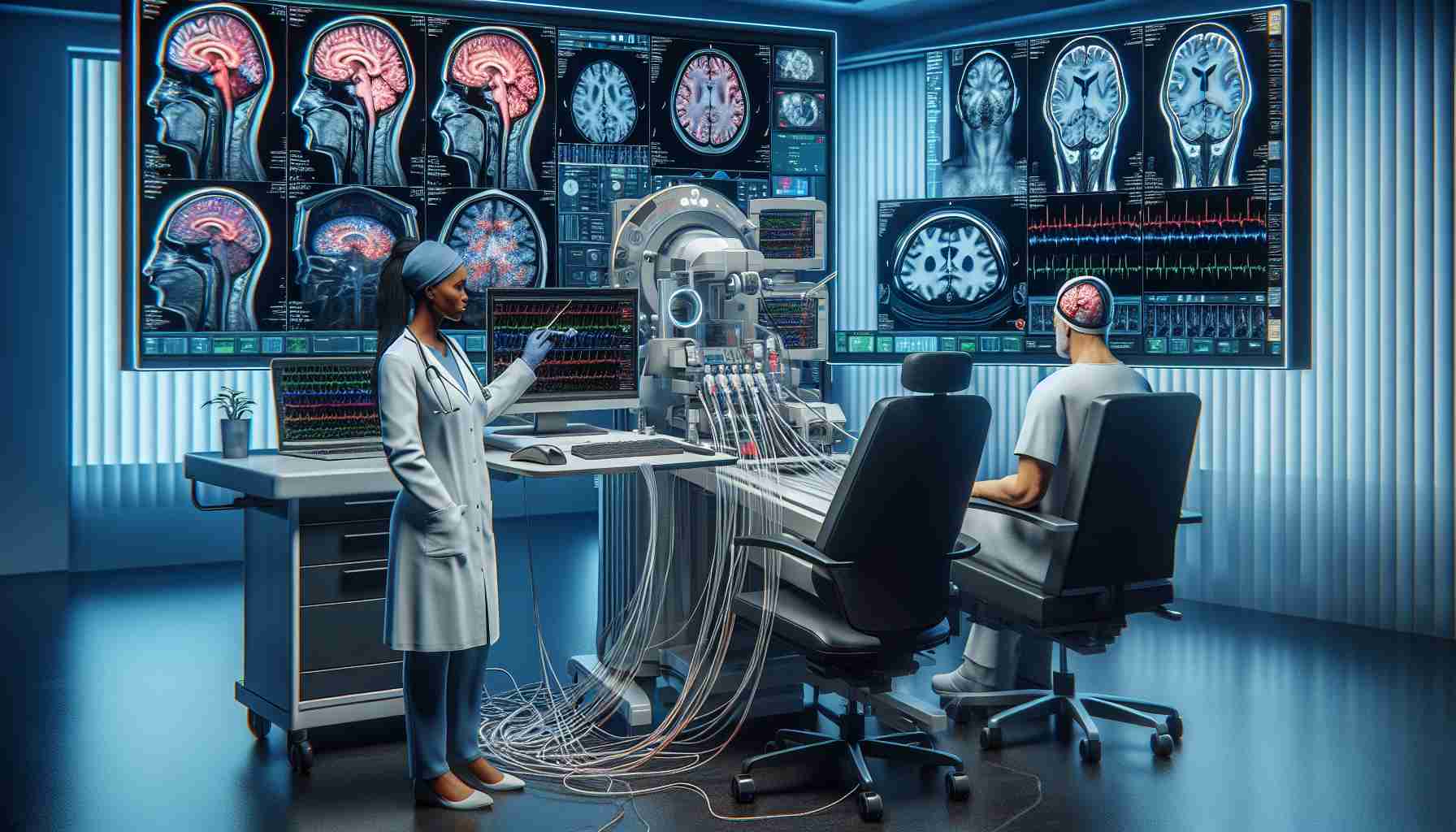Advanced medical technologies have opened up new possibilities in revolutionizing acute stroke care, offering hope for improved outcomes and reduced long-term care costs. Despite the challenges faced in accessing mechanical thrombectomy treatment worldwide, there is a growing recognition of the potential benefits of investing in specialized stroke units and expert healthcare workforce.
Telehealth and artificial intelligence (AI) are being hailed as fundamental tools in advancing stroke care, enabling specialists to guide less experienced staff in treatment decision-making and facilitating rapid identification of stroke types and appropriate interventions.
In a recent conversation with a health official from Indonesia, the potential of telehealth and AI to streamline patient triaging and enhance treatment decisions, particularly in resource-limited settings with vast geographical challenges, was highlighted as a game-changer.
Shifting the focus to the importance of strong partnerships and advocacy, experts emphasize the urgent need to elevate stroke care on par with other critical conditions, such as myocardial infarction, through global initiatives like the WSO Global Stroke Alliance.
Addressing cultural barriers and misconceptions surrounding stroke being solely preventable, experts emphasize the critical need for prompt treatment and support for stroke survivors, advocating for better awareness and understanding among healthcare policymakers and the public.
Looking ahead, the call for a unified global effort involving all stakeholders, including governments, healthcare providers, and technology companies, to create a comprehensive ecosystem for stroke care is crucial in ensuring equitable access to life-saving interventions and post-discharge monitoring services.
As the landscape of stroke care evolves with technological innovations and collaborative efforts, the vision of a world where every stroke patient receives timely and effective treatment is within reach, paving the way for a paradigm shift in acute stroke management.
Revolutionizing Stroke Care Through Technological Advancements: Exploring Deeper Insights
In the ever-evolving landscape of stroke care, several crucial questions arise that shed light on the challenges and opportunities associated with harnessing technological advancements to enhance patient outcomes and streamline healthcare processes:
1. How can advanced technologies like telehealth and AI address disparities in stroke care access?
Answer: Telehealth and AI have the potential to bridge the gap in stroke care access by providing remote expert guidance in areas with limited healthcare resources, enabling faster and more accurate diagnosis and treatment decisions.
2. What are the key challenges hindering widespread adoption of technological solutions in stroke care?
Key Challenges: One primary challenge lies in the integration of new technologies into existing healthcare systems, ensuring smooth implementation, training, and compliance. Privacy concerns, data security, and financial constraints also pose hurdles to widespread adoption.
3. What are the advantages and disadvantages of relying heavily on technology in stroke care management?
Advantages: Technology enables rapid data analysis, personalized treatment plans, remote monitoring, and improved communication among healthcare teams.
Disadvantages: Overreliance on technology may lead to reduced patient-clinician interaction, potential errors in automated decision-making, and an increased digital divide among patients.
While the previous article touched on the role of partnerships and advocacy in advancing stroke care, additional emphasis can be placed on the importance of continuous innovation, data interoperability, and standardized protocols in optimizing patient outcomes and resource allocation.
For further information on global stroke initiatives and updates in stroke care technologies, visit the World Stroke Organization (WSO) website, a leading authority in stroke advocacy and education.
In conclusion, the integration of technology in stroke care offers immense promise but also necessitates a balanced approach that considers patient-centered care, ethical guidelines, and ongoing education for healthcare professionals. By addressing the identified questions, challenges, and nuances associated with technological advancements in stroke care, we move closer to achieving the vision of comprehensive and equitable stroke management on a global scale.
